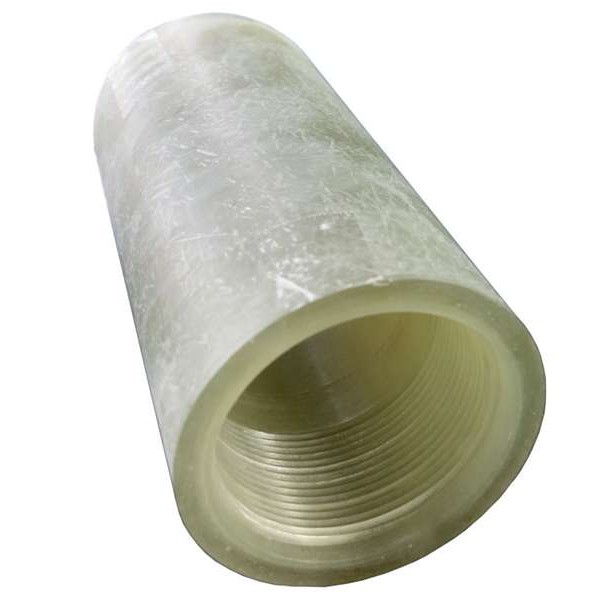
-
 Afrikaans
Afrikaans -
 Albanian
Albanian -
 Amharic
Amharic -
 Arabic
Arabic -
 Armenian
Armenian -
 Azerbaijani
Azerbaijani -
 Basque
Basque -
 Belarusian
Belarusian -
 Bengali
Bengali -
 Bosnian
Bosnian -
 Bulgarian
Bulgarian -
 Catalan
Catalan -
 Cebuano
Cebuano -
 China
China -
 China (Taiwan)
China (Taiwan) -
 Corsican
Corsican -
 Croatian
Croatian -
 Czech
Czech -
 Danish
Danish -
 Dutch
Dutch -
 English
English -
 Esperanto
Esperanto -
 Estonian
Estonian -
 Finnish
Finnish -
 French
French -
 Frisian
Frisian -
 Galician
Galician -
 Georgian
Georgian -
 German
German -
 Greek
Greek -
 Gujarati
Gujarati -
 Haitian Creole
Haitian Creole -
 hausa
hausa -
 hawaiian
hawaiian -
 Hebrew
Hebrew -
 Hindi
Hindi -
 Miao
Miao -
 Hungarian
Hungarian -
 Icelandic
Icelandic -
 igbo
igbo -
 Indonesian
Indonesian -
 irish
irish -
 Italian
Italian -
 Japanese
Japanese -
 Javanese
Javanese -
 Kannada
Kannada -
 kazakh
kazakh -
 Khmer
Khmer -
 Rwandese
Rwandese -
 Korean
Korean -
 Kurdish
Kurdish -
 Kyrgyz
Kyrgyz -
 Lao
Lao -
 Latin
Latin -
 Latvian
Latvian -
 Lithuanian
Lithuanian -
 Luxembourgish
Luxembourgish -
 Macedonian
Macedonian -
 Malgashi
Malgashi -
 Malay
Malay -
 Malayalam
Malayalam -
 Maltese
Maltese -
 Maori
Maori -
 Marathi
Marathi -
 Mongolian
Mongolian -
 Myanmar
Myanmar -
 Nepali
Nepali -
 Norwegian
Norwegian -
 Norwegian
Norwegian -
 Occitan
Occitan -
 Pashto
Pashto -
 Persian
Persian -
 Polish
Polish -
 Portuguese
Portuguese -
 Punjabi
Punjabi -
 Romanian
Romanian -
 Russian
Russian -
 Samoan
Samoan -
 Scottish Gaelic
Scottish Gaelic -
 Serbian
Serbian -
 Sesotho
Sesotho -
 Shona
Shona -
 Sindhi
Sindhi -
 Sinhala
Sinhala -
 Slovak
Slovak -
 Slovenian
Slovenian -
 Somali
Somali -
 Spanish
Spanish -
 Sundanese
Sundanese -
 Swahili
Swahili -
 Swedish
Swedish -
 Tagalog
Tagalog -
 Tajik
Tajik -
 Tamil
Tamil -
 Tatar
Tatar -
 Telugu
Telugu -
 Thai
Thai -
 Turkish
Turkish -
 Turkmen
Turkmen -
 Ukrainian
Ukrainian -
 Urdu
Urdu -
 Uighur
Uighur -
 Uzbek
Uzbek -
 Vietnamese
Vietnamese -
 Welsh
Welsh -
 Bantu
Bantu -
 Yiddish
Yiddish -
 Yoruba
Yoruba -
 Zulu
Zulu
fiberglass insulation tank
Understanding Fiberglass Insulation Tanks A Comprehensive Guide
Fiberglass insulation tanks are increasingly becoming an essential component in various industries, including energy, water treatment, and chemical processing. These tanks are designed to provide thermal protection, enhance energy efficiency, and maintain the integrity of the stored materials. By using fiberglass insulation, these tanks can effectively minimize heat loss or gain, contributing to significant energy savings and increased operational efficiency.
What is Fiberglass Insulation?
Fiberglass insulation is made from fine strands of glass fibers that are woven together to create a lightweight and durable material. It is commonly used in construction, automotive, and industrial settings due to its excellent thermal insulation properties. When applied to tanks, fiberglass insulation serves to prevent temperature fluctuations and reduce energy consumption.
Benefits of Fiberglass Insulation Tanks
1. Energy Efficiency One of the most significant advantages of fiberglass insulation tanks is improved energy efficiency. By reducing heat transfer, these tanks help maintain a stable temperature for the contents they hold, whether it's hot or cold liquids. This stability not only reduces energy costs but also increases the overall efficiency of the processes involved.
2. Corrosion Resistance Fiberglass is inherently resistant to corrosion, making it an ideal choice for storing chemicals and other materials that may cause degradation in traditional metal tanks. This property helps prolong the lifespan of the tank and reduces maintenance needs, ultimately leading to lower operational costs.
3. Lightweight and Durability Fiberglass insulation tanks are significantly lighter than their metal counterparts, which makes them easier to transport and install. Additionally, they are designed to withstand various environmental conditions, including extreme temperatures and heavy loads, ensuring durability over time.
fiberglass insulation tank

4. Environmental Impact With increasing awareness of environmental sustainability, fiberglass insulation tanks are becoming a more eco-friendly option. Their energy-efficient design contributes to reduced carbon emissions, while the materials used can often be recycled at the end of their life cycle, offering a more sustainable approach to storage solutions.
5. Versatility These tanks can be tailored to meet specific requirements for various applications, from residential heating systems to large industrial storage solutions. Whether used for hot water, chilled liquids, or hazardous materials, fiberglass insulation tanks can be customized to fit any need.
Applications of Fiberglass Insulation Tanks
Fiberglass insulation tanks find applications in numerous sectors. In the energy sector, they are commonly used for storing fuel and chemicals, ensuring temperature stability during transit and storage to prevent degradation. In water treatment facilities, these tanks play a critical role in maintaining the optimal temperature for chemical reactions, improving the efficacy of the treatment processes.
In the food and beverage industry, fiberglass tanks help maintain the quality of products by ensuring that temperature-sensitive ingredients are kept at consistent temperatures, thus preventing spoilage. Similarly, in the pharmaceuticals industry, temperature control is crucial, and fiberglass insulation tanks provide the necessary thermal protection to comply with stringent regulations.
Conclusion
Fiberglass insulation tanks are proving to be a valuable asset across various industries, offering energy efficiency, corrosion resistance, and durability. As companies continue to prioritize sustainability and cost-effectiveness, the demand for these tanks is likely to grow. By investing in fiberglass insulation tanks, organizations can optimize their operations, reduce environmental impact, and ensure the safety and quality of their products. As technology advances and more businesses recognize the benefits of fiberglass insulation, it is clear that these tanks will remain a vital component of modern storage solutions.
Latest news
-
Exploring the Benefits of Top Hammer Drifter Rods for Enhanced Drilling PerformanceNewsJun.10,2025
-
High-Precision Fiberglass Winding Machine for GRP/FRP Pipe Production – Reliable & Efficient SolutionsNewsJun.10,2025
-
FRP Pipes & Fittings for Shipbuilding - Corrosion-Resistant & LightweightNewsJun.09,2025
-
Premium FRP Flooring Solutions Durable & Slip-ResistantNewsJun.09,2025
-
Premium Fiberglass Rectangular Tanks Durable & Lightweight SolutionNewsJun.09,2025
-
Tapered Drill String Design Guide Durable Performance & UsesNewsJun.09,2025









